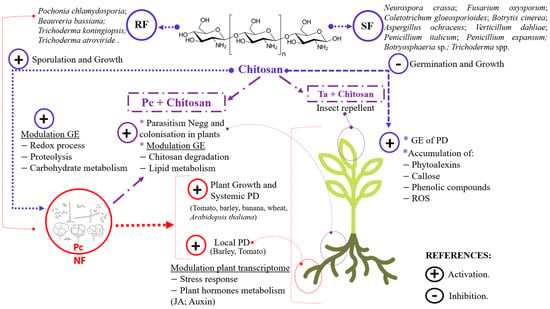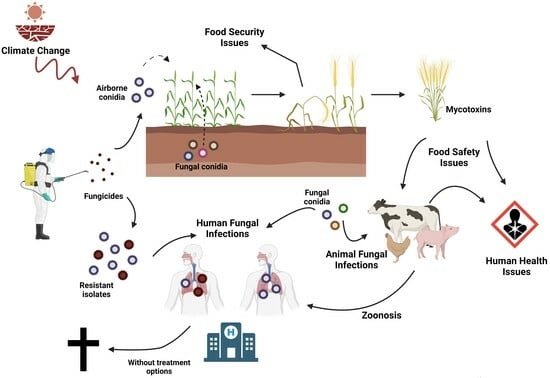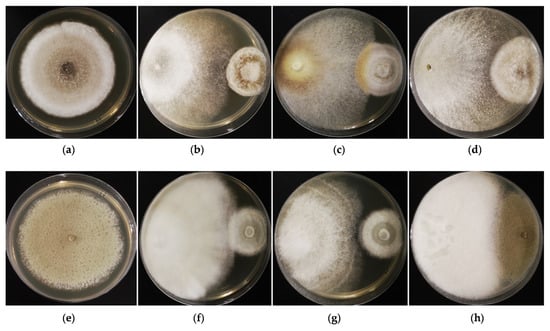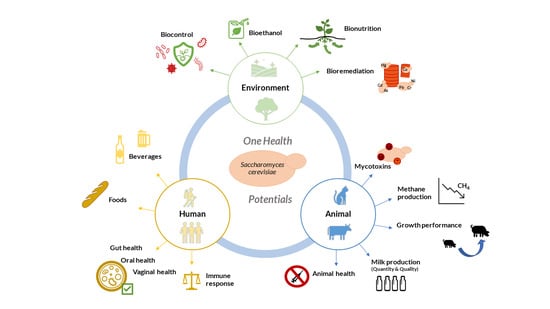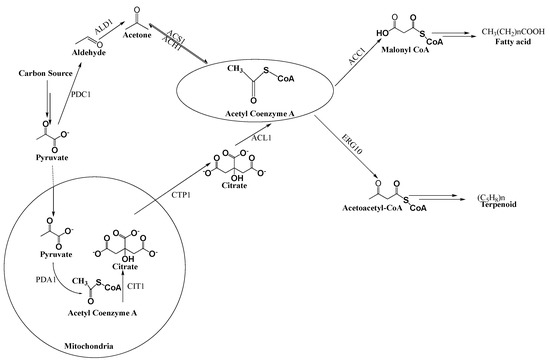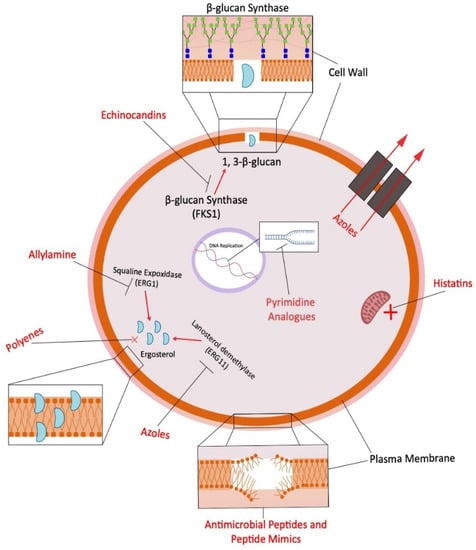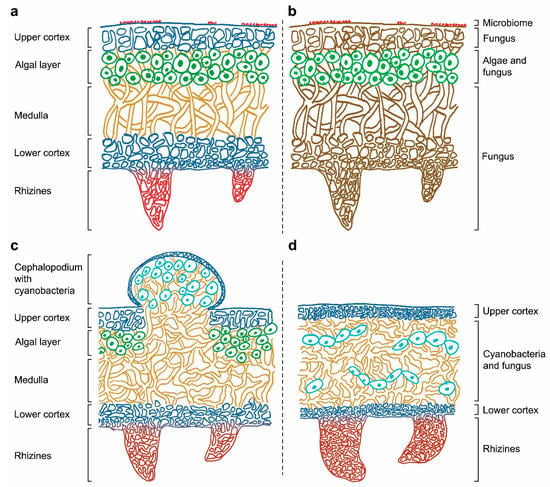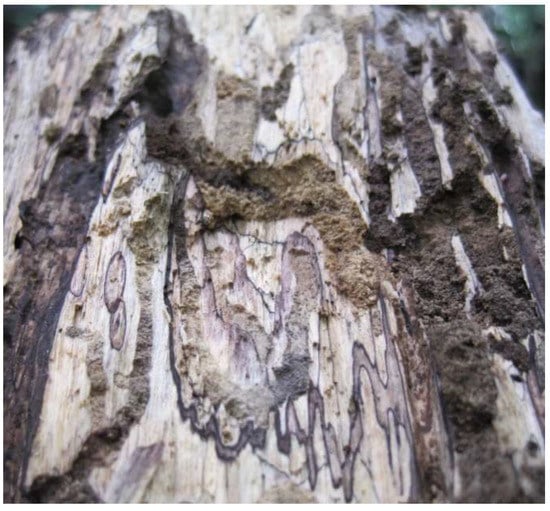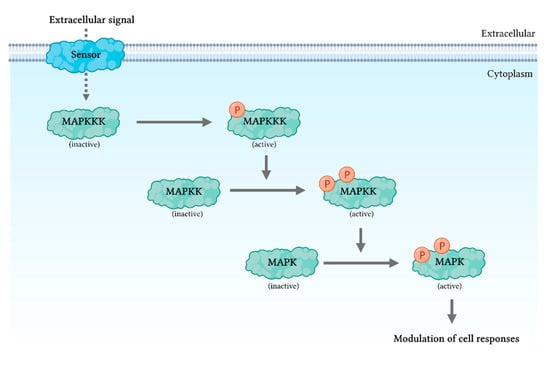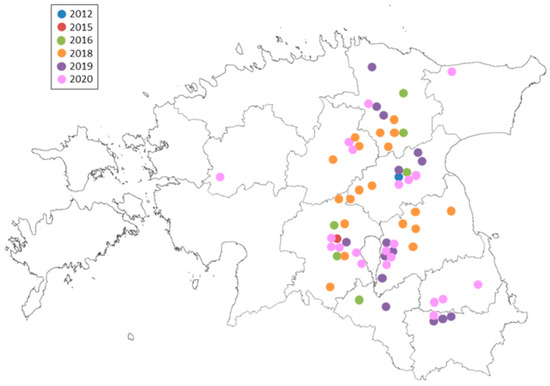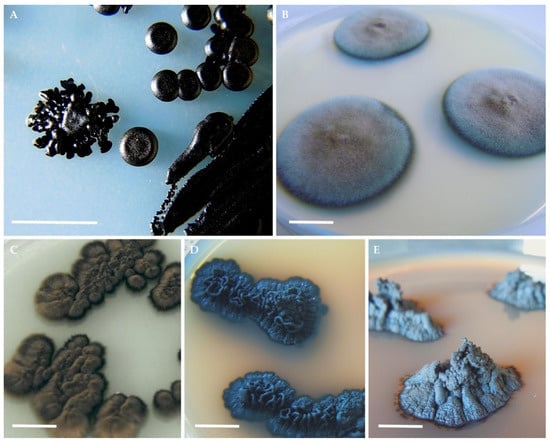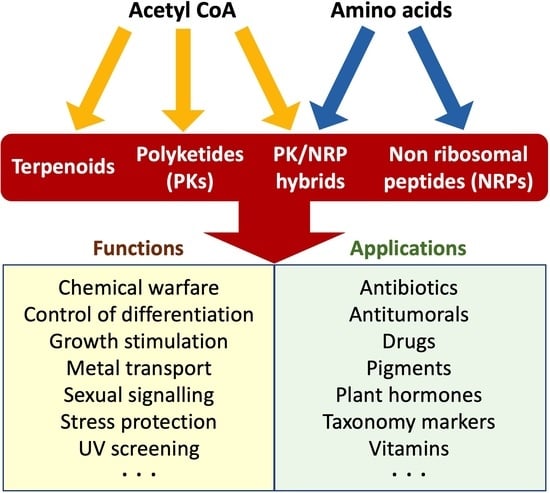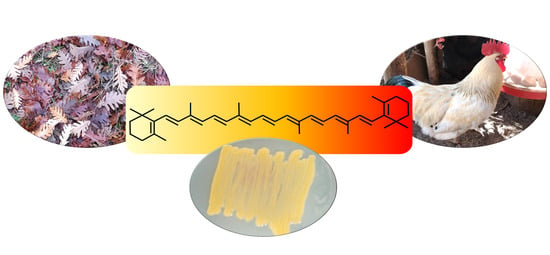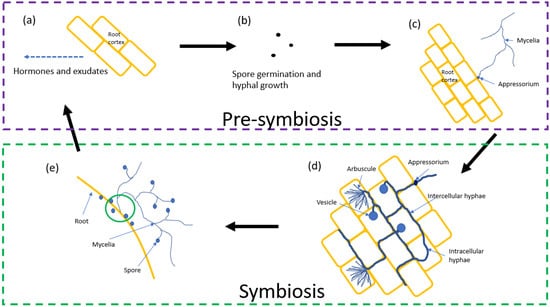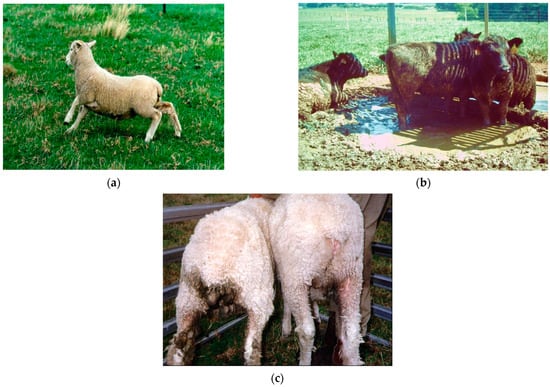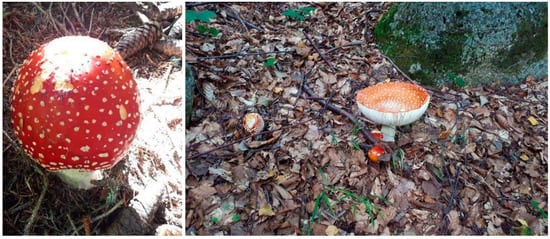Encyclopedia of Fungi
A topical collection in Encyclopedia (ISSN 2673-8392). This collection belongs to the section "Biology & Life Sciences".
Viewed by 324264Editors
Interests: biocontrol; nematophagous fungi; entomopathogenic fungi; chitosan; plant pathology; endophytes; fungal "omics"
Special Issues, Collections and Topics in MDPI journals
Interests: biocontrol; nematophagous fungi; entomopathogenic fungi; chitosan; plant pathology; endophytes; fungal "omics"
Special Issues, Collections and Topics in MDPI journals
Topical Collection Information
Dear Colleagues,
Fungi are amazing organisms. Just as other forms of life, they interact with their environment, especially with other living creatures. Their body, the mycelium, is a fascinating and plastic structure which can cover huge distances and, in particular, can adapt perfectly to the soil environment.
Mushrooms are just the top of this living iceberg, the cultures of which have been used throughout the world in medicine, the kitchen and for magic ceremonies, to give some examples. Fungal enzymes are the key to fungal success on Earth. Some of them are responsible for degrading the most recalcitrant polymers in nature and give industry tools for biotechnological transformations of large economic and social value. The capacity of biotransformation of fungi can perhaps help to ameliorate some issues related to Global Climate Change. Fungi also cause serious diseases, especially in plants, but they are largely responsible for their evolution, especially since they first colonized the land. Fungal secondary metabolites have changed the history of medicine helping to stop human pathogens which took a serious death toll just some decades ago. The fungal pharmacopoeia includes some of the most potent drugs and will do so in the near future when we explore new environments for fungi, such as the sea. Endophytic Biocontrol fungi can regulate populations of pests and pathogens, such as nematodes and insects, even under natural conditions.
The Encyclopedia of Fungi from MDPI will cover these and many other interesting aspects in a collection of ca. 50 chapters written by specialists from various fields in Academia, research institutions and industry.
Suggested Contents:
- The Fungal Cell: Structure and Biology
- Fungal Growth and morphogenesis
- Fungal Genetics and Genomics
- Fungal Biodiversity and Evolution
- Fungi and the Environment
- Fungal Ecology
- Fungal Animal Interactions
- Fungi and other microbes
- Fungi in Plants: Pathogens and Endophytes
- Applied and Environmental Mycology
- Fungi as Cell Factories: From Molecular to Systems Biology
- Fungi and Health. Antifungals
Prof. Dr. Luis Vicente López-Llorca
Dr. Federico Lopez-Moya
Collection Editors
Manuscript Submission Information
Manuscripts should be submitted online at www.mdpi.com by registering and logging in to this website. Once you are registered, click here to go to the submission form. Manuscripts can be submitted until the deadline. All submissions that pass pre-check are peer-reviewed. Accepted papers will be published continuously in the journal (as soon as accepted) and will be listed together on the collection website. Research articles, review articles as well as short communications are invited. For planned papers, a title and short abstract (about 100 words) can be sent to the Editorial Office for announcement on this website.
Submitted manuscripts should not have been published previously, nor be under consideration for publication elsewhere (except conference proceedings papers). All manuscripts are thoroughly refereed through a single-blind peer-review process. A guide for authors and other relevant information for submission of manuscripts is available on the Instructions for Authors page. Encyclopedia is an international peer-reviewed open access quarterly journal published by MDPI.
Please visit the Instructions for Authors page before submitting a manuscript. The Article Processing Charge (APC) for publication in this open access journal is 1000 CHF (Swiss Francs). Submitted papers should be well formatted and use good English. Authors may use MDPI's English editing service prior to publication or during author revisions.








